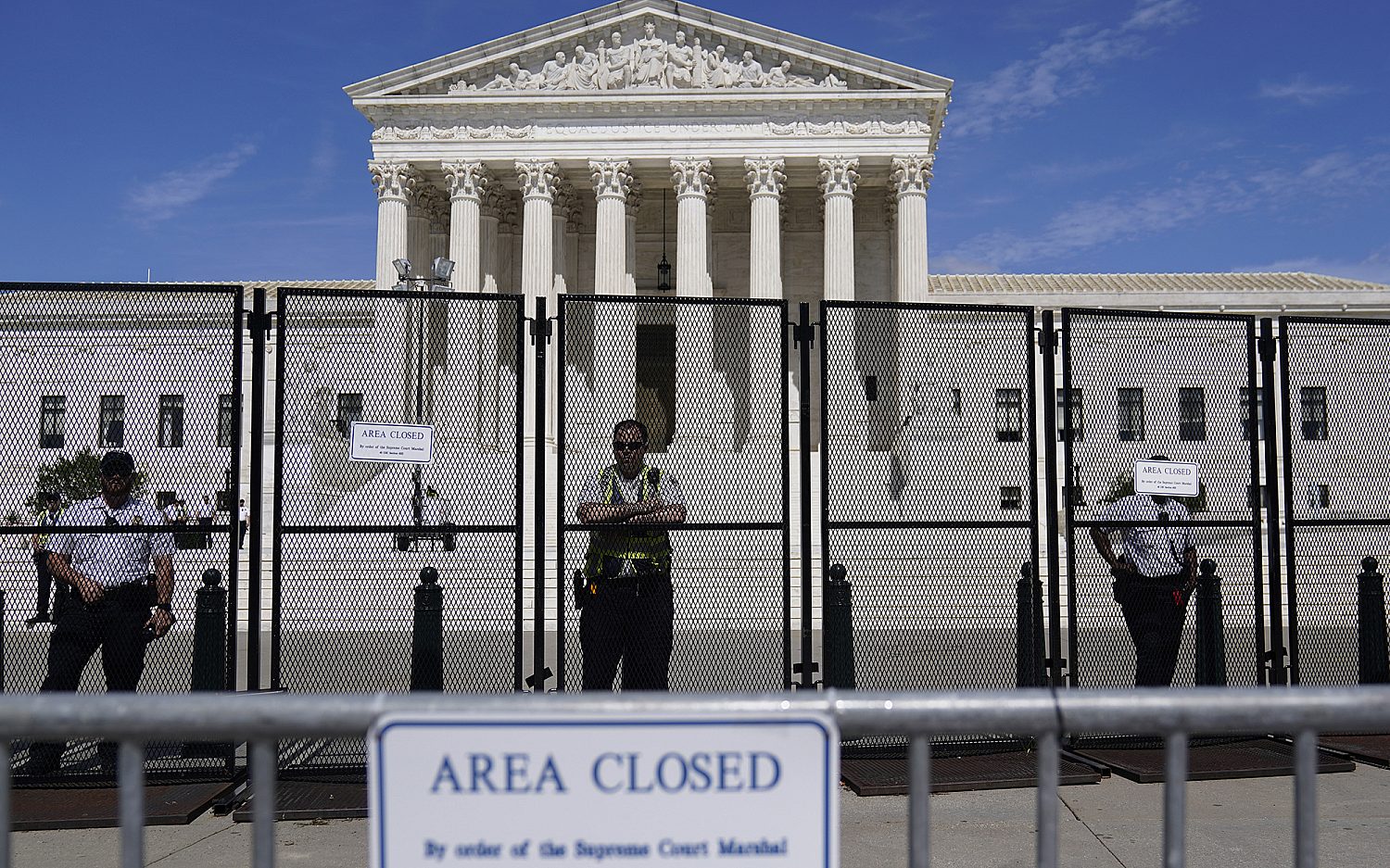Canadian oil flows despite Keystone delays
TransCanada announced plans last week to build a $12 billion pipeline from Western Canada to the country’s Atlantic Coast as the company faces ongoing opposition to its proposed Keystone XL pipeline from Alberta to Texas.
The new Energy East pipeline will move 1.1 million barrels of oil per day, enough to both replace imports in Eastern Canada and export crude overseas. The pipeline would run from Hardisty, Alberta, to Saint John, New Brunswick, and end at a proposed deep-water terminal for tankers.
The lack of pipelines in Canada has led to a boom in transporting oil by train, but a fiery derailment that killed 47 in Quebec last month highlighted the danger of overland transport. The train was headed to the Irving Oil refinery in Saint John, and many believe it could have moved more safely and cheaply through a pipeline.
TransCanada CEO Russ Girling called the Energy East pipeline a historic opportunity to connect oil resources from Canada’s west to eastern consumers, and noted that oil could be shipped from there to the Eastern US, China, India, and Europe: “It’s a bit farther to get to Asia from the East Coast than the West Coast but it can be competitive in certain circumstances.”
The Energy East pipeline has broad political support in Canada as new pipelines are critical to the growing export production from Alberta oil sands. The region has the world’s third largest oil reserves, with 170 billion barrels of proven capacity. Daily production of 1.5 million barrels is expected to increase to 3.7 million in 2025. Only Saudi Arabia and Venezuela have larger reserves.
Still a proposed pipeline by Enbridge which runs west to the Pacific Coast faces opposition due to fears of oil spills, especially in British Columbia.
The $7 billion Keystone XL pipeline remains a contentious issue in the United States. Supporters, including unions and lawmakers from both parties, tout the jobs it would create and demand its approval, while environmentalists urge President Barack Obama to reject it. The U.S. State Department, which has authority over the pipeline because it crosses a U.S. Border, expects to issue a final report on Keystone XL later this year.
The Associated Press contributed to this report.
An actual newsletter worth subscribing to instead of just a collection of links. —Adam
Sign up to receive The Sift email newsletter each weekday morning for the latest headlines from WORLD’s breaking news team.




Please wait while we load the latest comments...
Comments
Please register, subscribe, or log in to comment on this article.